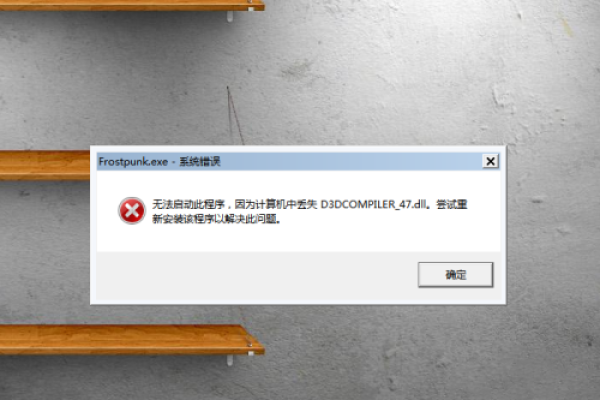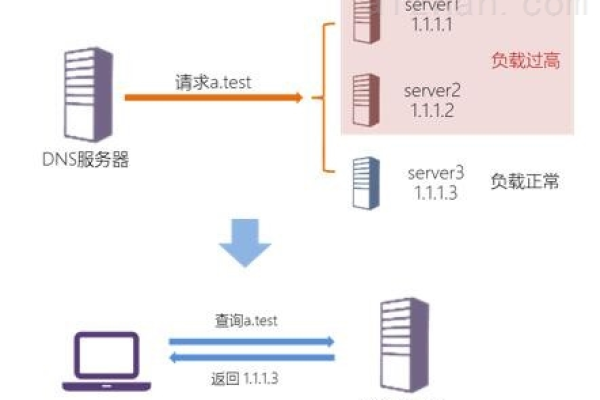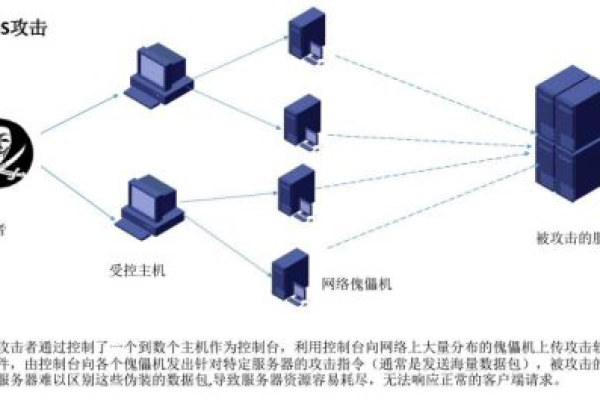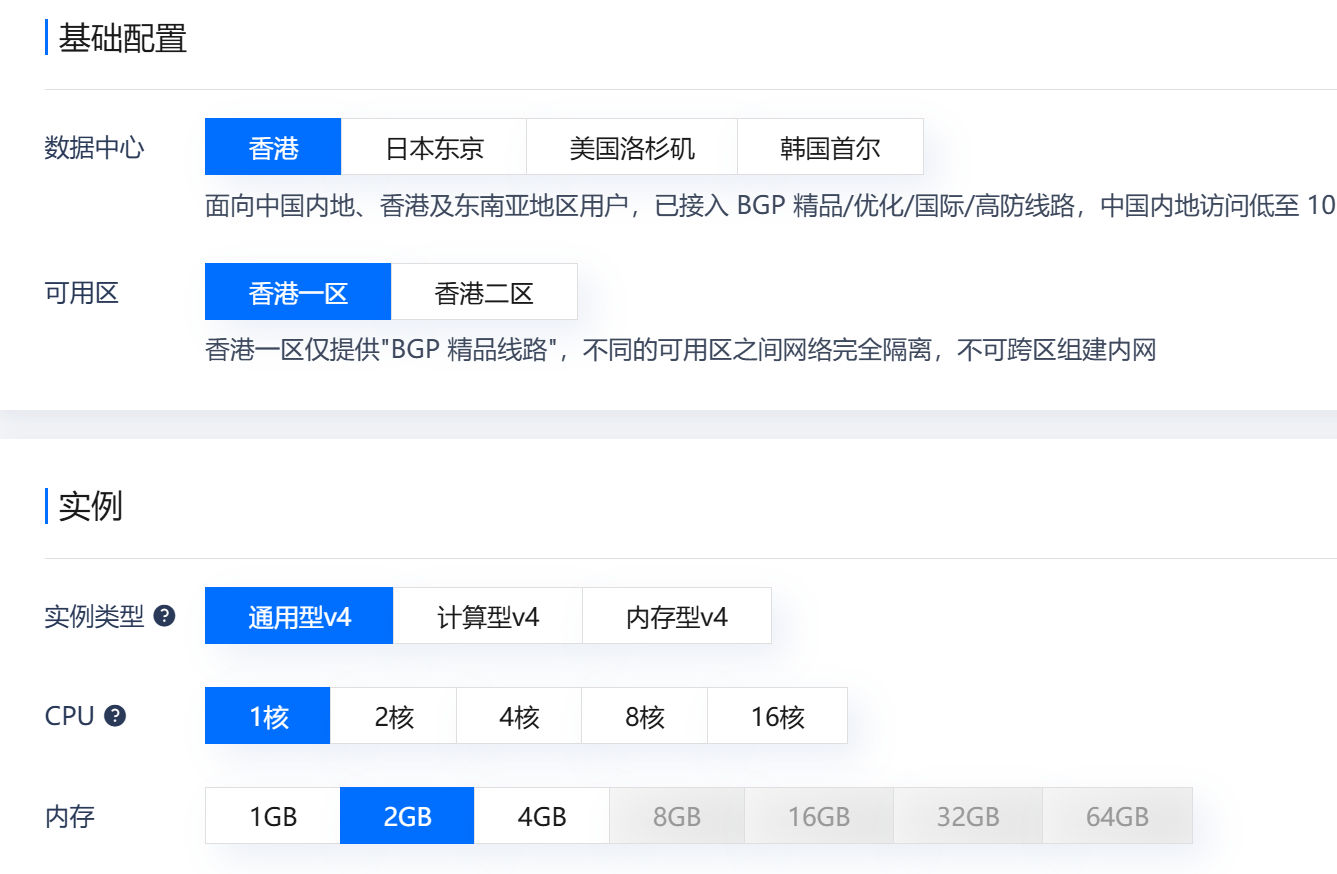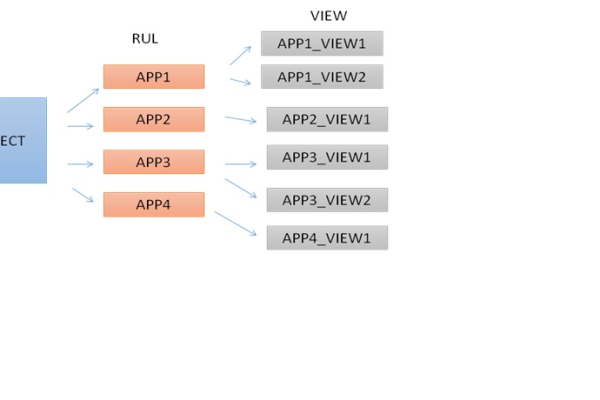kubernetes istio网络
- 行业动态
- 2023-11-14
- 1
在Kubernetes中实现Istio流量管理,可以通过以下几个步骤来完成:
1. 安装Istio:首先需要在Kubernetes集群中安装Istio,可以通过下载Istio的安装包,然后使用kubectl命令将其部署到Kubernetes集群中,具体操作如下:
# 下载Istio安装包 curl -L https://istio.io/downloadIstio | sh - # 将Istio的安装包解压到指定目录 tar -xzf istio-1.10.0.tar.gz -C /usr/local/ # 设置环境变量 export PATH=$PATH:/usr/local/istio-1.10.0/bin # 使用kubectl将Istio部署到Kubernetes集群中 kubectl apply -f install/kubernetes/istio-demo.yaml
2. 配置Istio:在Kubernetes集群中部署Istio后,需要对其进行一些基本的配置,主要包括以下几个方面:
– 配置命名空间:为Istio创建一个专门的命名空间,用于隔离Istio的资源。
– 配置IngressGateway:创建IngressGateway资源,用于处理外部流量进入Kubernetes集群。
– 配置VirtualService和DestinationRule:创建VirtualService和DestinationRule资源,用于定义流量路由规则。
– 配置ServiceEntry:创建ServiceEntry资源,用于将外部服务引入到Kubernetes集群中。
3. 部署应用:在Kubernetes集群中部署需要进行流量管理的应用,可以使用Deployment、Service等资源对象来部署应用,部署一个简单的web应用,可以创建一个Deployment和一个Service资源对象,具体操作如下:
# 创建一个Deployment资源对象,用于部署web应用
cat <<EOF | kubectl apply -f -
apiVersion: apps/v1
kind: Deployment
metadata:
name: webapp
spec:
replicas: 1
selector:
matchLabels:
app: webapp
template:
metadata:
labels:
app: webapp
spec:
containers:
- name: webapp
image: nginx:1.14-alpine
ports:
- containerPort: 80
---
apiVersion: v1
kind: Service
metadata:
name: webapp-service
spec:
selector:
app: webapp
ports:
- protocol: TCP
port: 80
targetPort: 80
EOF
4. 配置流量管理规则:在Kubernetes集群中部署应用后,需要为其配置流量管理规则,可以通过创建VirtualService和DestinationRule资源对象来实现,将流量从外部访问的域名映射到内部服务的域名,可以创建一个VirtualService资源对象,具体操作如下:
cat <<EOF | kubectl apply -f -
apiVersion: networking.istio.io/v1alpha3
kind: VirtualService
metadata:
name: webapp-vs
spec:
hosts:
- "*" # 表示所有域名都可以访问该VirtualService定义的流量规则
gateways:
- ingressgateway # 表示将流量转发到名为ingressgateway的IngressGateway资源对象上进行处理
http:
- match:
- uri:
exact: /webapp # 表示匹配路径为/webapp的流量请求
route:
- destination:
host: webapp-service # 表示将流量转发到名为webapp-service的Service资源对象上进行处理
EOF
5. 验证流量管理:完成上述步骤后,可以通过访问外部域名来验证流量管理是否生效,如果一切正常,应该可以看到web应用的内容,可以通过查看Istio的监控信息,来了解流量管理的效果,查看IngressGateway的连接数、请求量等信息,具体操作如下:
“`bash
# 查看IngressGateway的连接数、请求量等信息
kubectl get pods -n istio-system | grep ingressgateway | tail -n +1 | xargs -I {} sh -c ‘kubectl logs {} -n istio-system –since=1m’ | grep “connections:” | tail -n +2 | head -n -1 | tr -d ‘r’ | tr ‘
‘ ‘ ‘ | cut -d ‘ ‘ -f2,3,4,5,6,7,8,9,10,11,12,13,14,15,16,17,18,19,20,21,22,23,24,25,26,27,28,29,30,31,32,33,34,35,36,37,38,39,40,41,42,43,44,45,46,47,48,49,50,51,52,53,54,55,56,57,58,59,60 | tr ‘
‘ ‘ ‘ | cut -d ‘ ‘ -f1 | sort | uniq -c | sort -nr | head -n +2 | tail -n +2 | tr ‘
‘ ‘ ‘ | cut -d ‘ ‘ -f2 | tr ‘ ‘ ‘|’ | tr ‘
‘ ‘ ‘ | cut -d ‘ ‘ -f3 | tr ‘ ‘ ‘|’ | tr ‘
‘ ‘ ‘ | cut -d ‘ ‘ -f4 | tr ‘ ‘ ‘|’ | tr ‘
‘ ‘ ‘ | cut -d ‘ ‘ -f5 | tr ‘ ‘ ‘|’ | tr ‘
‘ ‘ ‘ | cut -d ‘ ‘ -f6 | tr ‘ ‘ ‘|’ | tr ‘
‘ ‘ ‘ | cut -d ‘ ‘ -f7 | tr ‘ ‘ ‘|’ | tr ‘
‘ ‘ ‘ | cut -d ‘ ‘ -f8 | tr ‘ ‘ ‘|’ | tr ‘
‘ ‘ ‘ | cut -d ‘ ‘ -f9 | tr ‘
‘ ‘r
‘ | sort -k2nr > connections.txt && cat connections.txt # 查看IngressGateway的请求量等信息类似地,可以使用类似的方法查看其他指标信息,查看Envoy代理的请求量、响应时间等信息,具体操作如下:
本站发布或转载的文章及图片均来自网络,其原创性以及文中表达的观点和判断不代表本站,有问题联系侵删!
本文链接:http://www.xixizhuji.com/fuzhu/340684.html

